By: Alyssa Doyle, ECS Membership Intern
ECS would like to congratulate the 2017 Outstanding Student Chapter winner, the University of Maryland for their dedication and commitment to the advancement of solid state and electrochemical science and technology.
The award (formerly The Gwendolyn B. Wood Section Excellence Award) was first created in 2012 to distinguish student chapters that represent and uphold ECS’s mission by maintaining an active student membership base, participating in various technical activities, and organizing community outreach in the fields of electrochemical and solid state science and engineering education.
The University of Maryland student chapter has come a long way since its initial approval in 2011 and has become one of ECS’s most exemplary chapters. The chapter previously won the Outstanding Student Chapter award in 2013 and has been a Chapter of Excellence for the last three years.


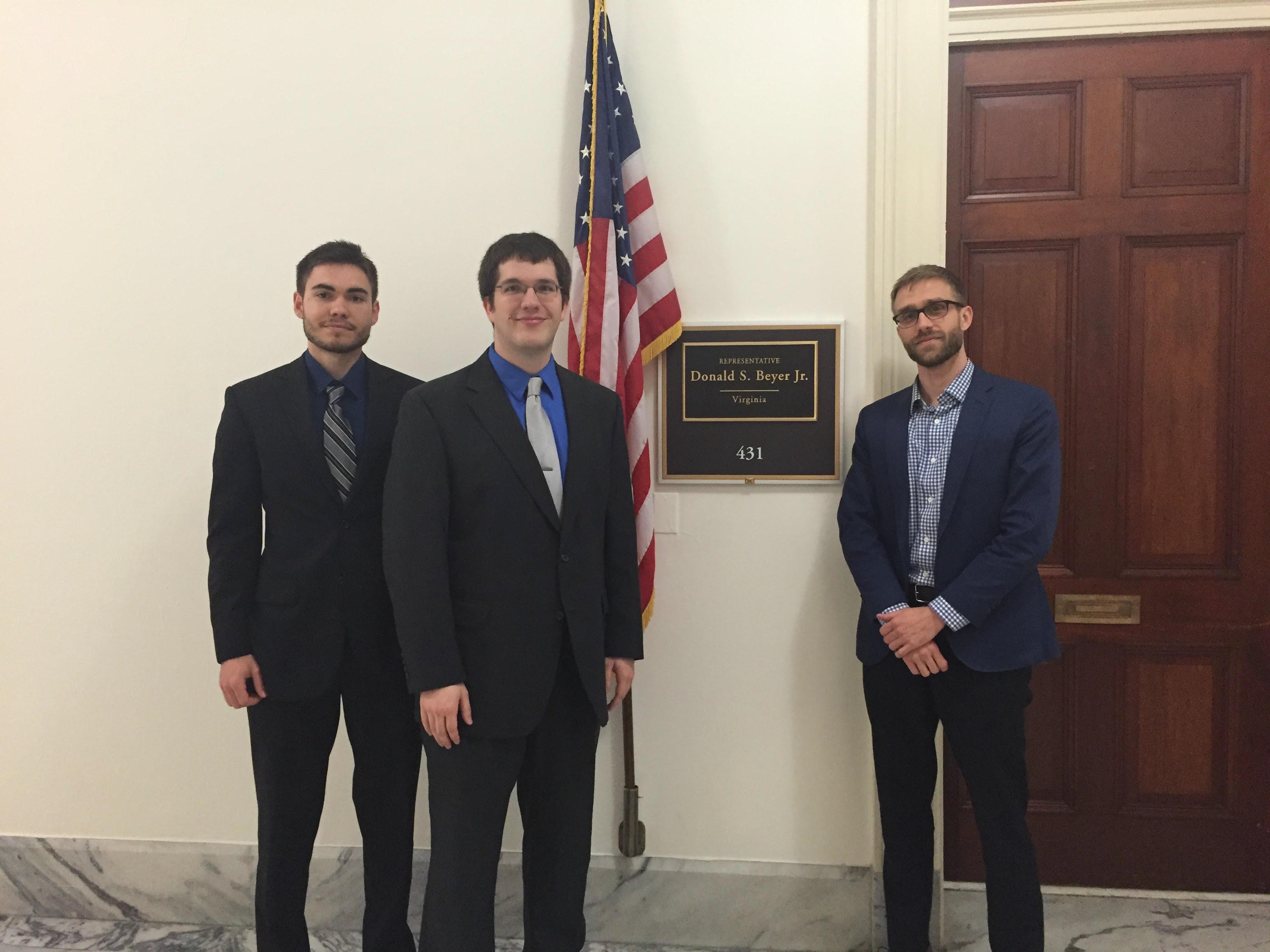
 By: Alyssa Doyle, ECS Membership Intern
By: Alyssa Doyle, ECS Membership Intern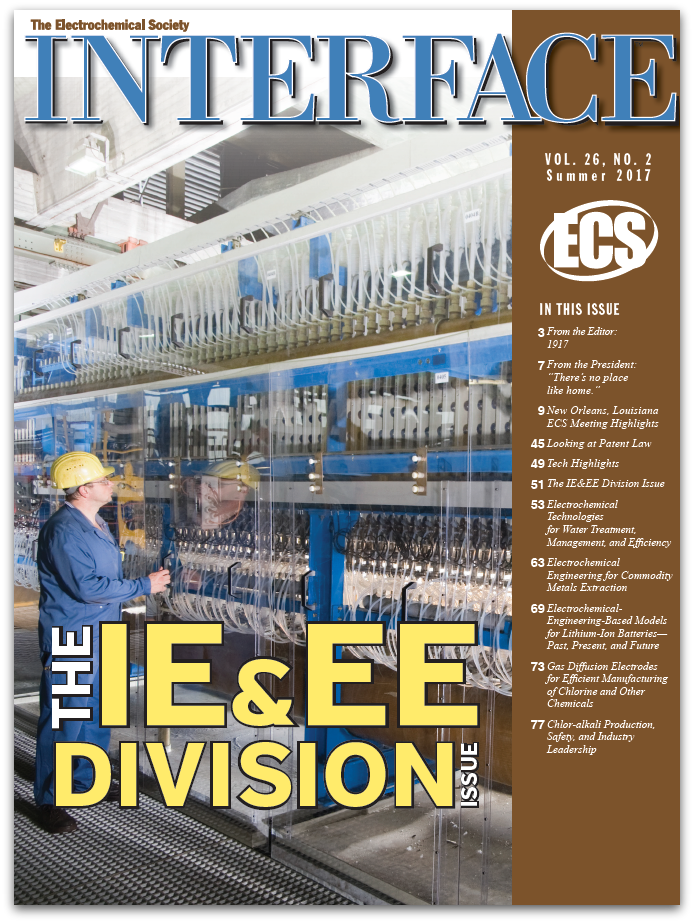
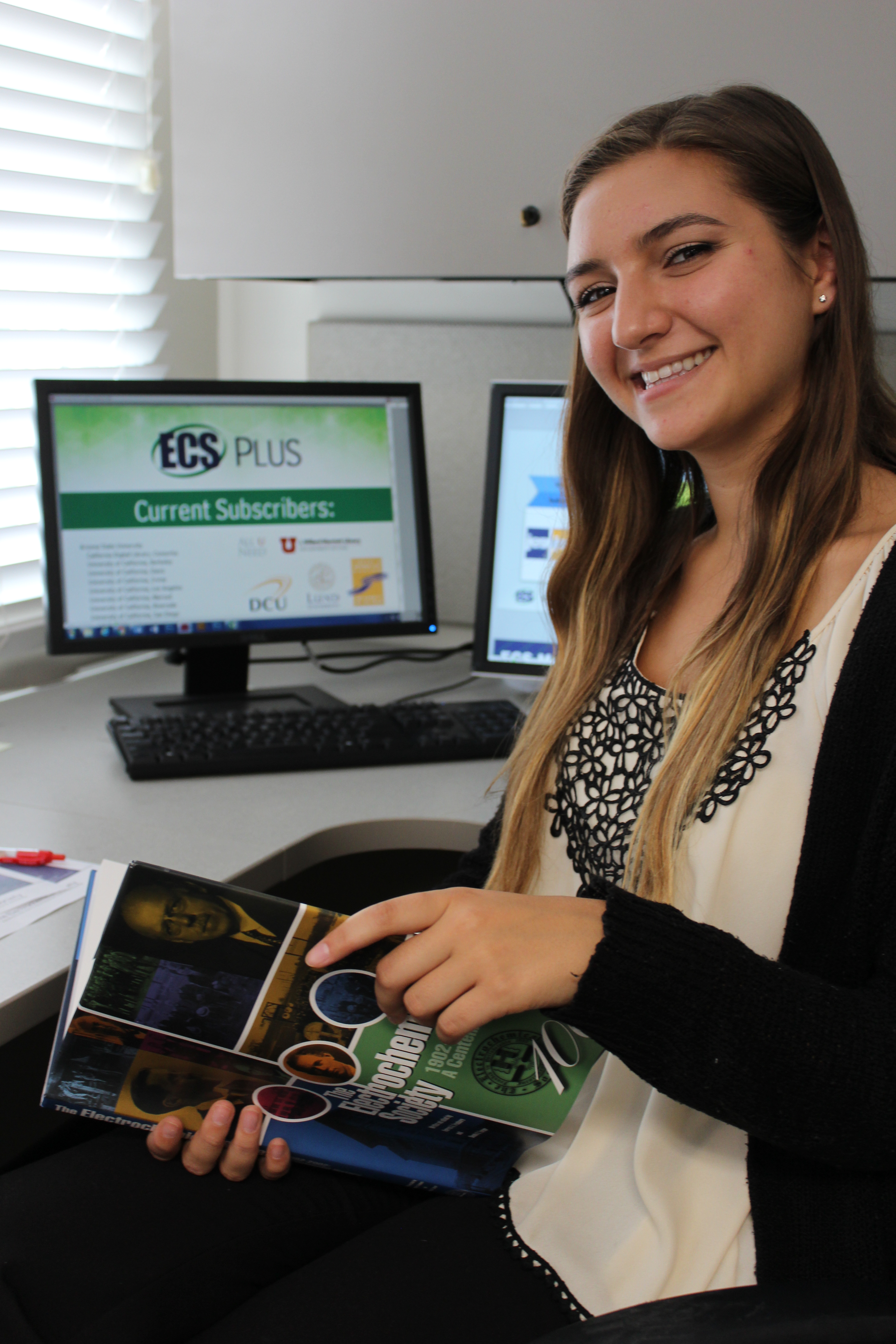
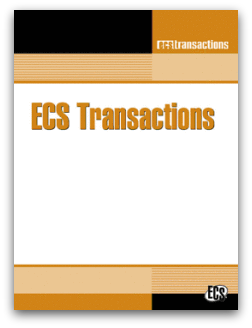 ECS Transactions 77(11) “
ECS Transactions 77(11) “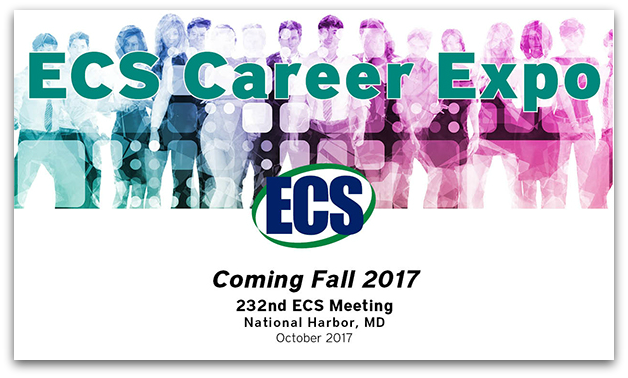
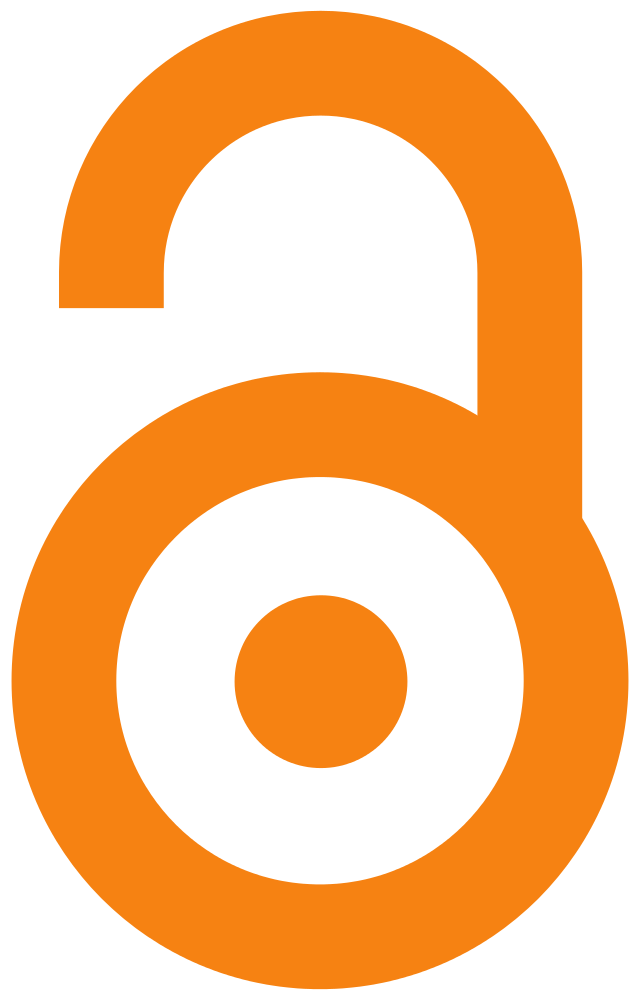 ECS is proud to announce that at the upcoming 232nd ECS Meeting, we will be hosting our first OpenCon satellite event! OpenCon is a conference that places a spotlight, produces discussion, and increases collaboration on issues of open access, open science, open data, open source, and open education. Initially hosted by the Right2Research Coalition and SPARC, satellite events can be held by anyone with an interest in the subject matter. As ECS works to advance its Free the Science initiative, we want to be at the forefront of the open discussion in our industry.
ECS is proud to announce that at the upcoming 232nd ECS Meeting, we will be hosting our first OpenCon satellite event! OpenCon is a conference that places a spotlight, produces discussion, and increases collaboration on issues of open access, open science, open data, open source, and open education. Initially hosted by the Right2Research Coalition and SPARC, satellite events can be held by anyone with an interest in the subject matter. As ECS works to advance its Free the Science initiative, we want to be at the forefront of the open discussion in our industry.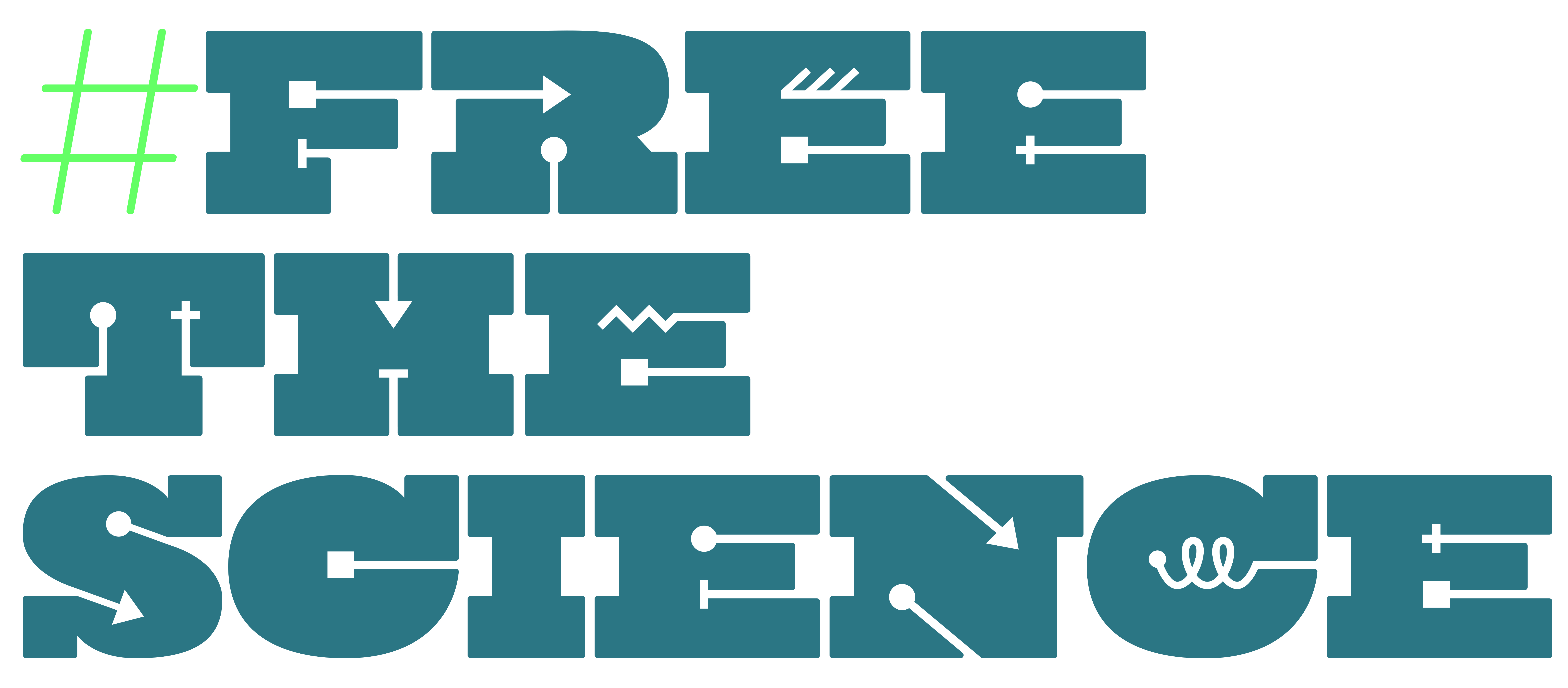 Sci-Hub launched a few years back when Alexandra Elbakyan of Kazakhstan was struggling to find affordable and relevant research through her institution. Fast forward to 2017 and Sci-Hub serves as one of the most common sites that seeks to circumvent paywalls and provide access to scholarly literature.
Sci-Hub launched a few years back when Alexandra Elbakyan of Kazakhstan was struggling to find affordable and relevant research through her institution. Fast forward to 2017 and Sci-Hub serves as one of the most common sites that seeks to circumvent paywalls and provide access to scholarly literature.